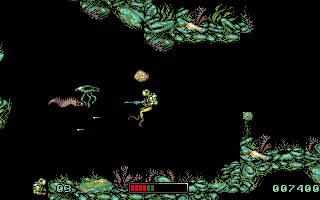


“Maybe just 1 percent of what we’ve done so far has been guesswork,” Lynskey said. When applying logic to all the data, Lynskey said, “the pieces fall together” in determining how those mystery areas appeared. They have also visited other period ships as part of the virtual construction process. The team has examined hours of wreck footage and hundreds of photos of both Titanic and its sister ship, Olympic. “There are parts of the ship that are destroyed in the wreck or have no photo record,” he said. Lynskey said the most satisfying part of recreating Titanic in a virtual format is creating areas no one has seen since 1912. To not honor the ship and the stories of those who were lost, Lynskey said, would be a greater disservice to their memories than any criticism that suggests the game is distasteful. “We thought, ‘This is the only time this ship gets digitally recreated, so let’s do it right.’ This experience will make the player see events and prompt them to explore and learn about what happened.”

“We are working hard to make sure this experience is educational and respectful,” Lynskey said. Lynskey said the team is taking great care to ensure the memory of Titanic is properly preserved. ‘Honor and Glory’ will help convey to a modern world the elegance and optimism of the world that was lost in 1912.” “Floor plans and photographs can only convey so much. “For the first time in living memory, people can stroll her decks and enjoy the sea view from her lounges, much as they did on the actual ship,” he said. Sauder said the computer-generated model of the ship will be more accurate than anything that’s been done before. “As a cooperative, we can pursue details that would probably be glossed over in a corporate environment because it’s not-cost effective to model 15 or 20 different styles of doorknobs to match room decor,” Sauder said.


 0 kommentar(er)
0 kommentar(er)
